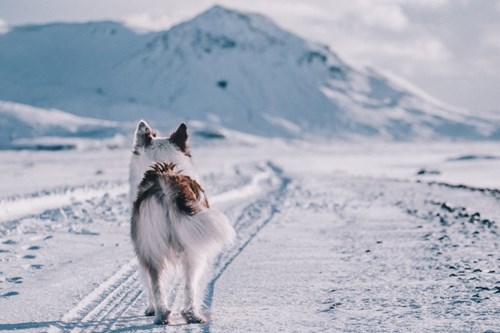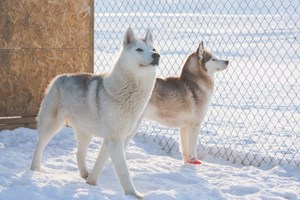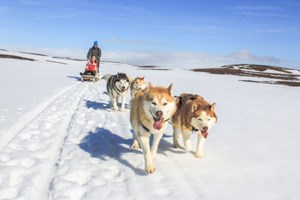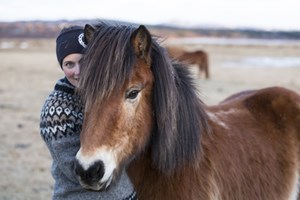Icelandic Dog
The Icelandic sheepdog is the only native dog in Iceland and was brought to the country by the Viking settlers in the 9th century. The Icelandic breed originates from the Nordic countries and similar types are the Norwegian Buhund, the Shetland Sheepdog and the Welsh Corgi. The dog has been used for centuries to herd sheep, cattle and horses in Iceland.
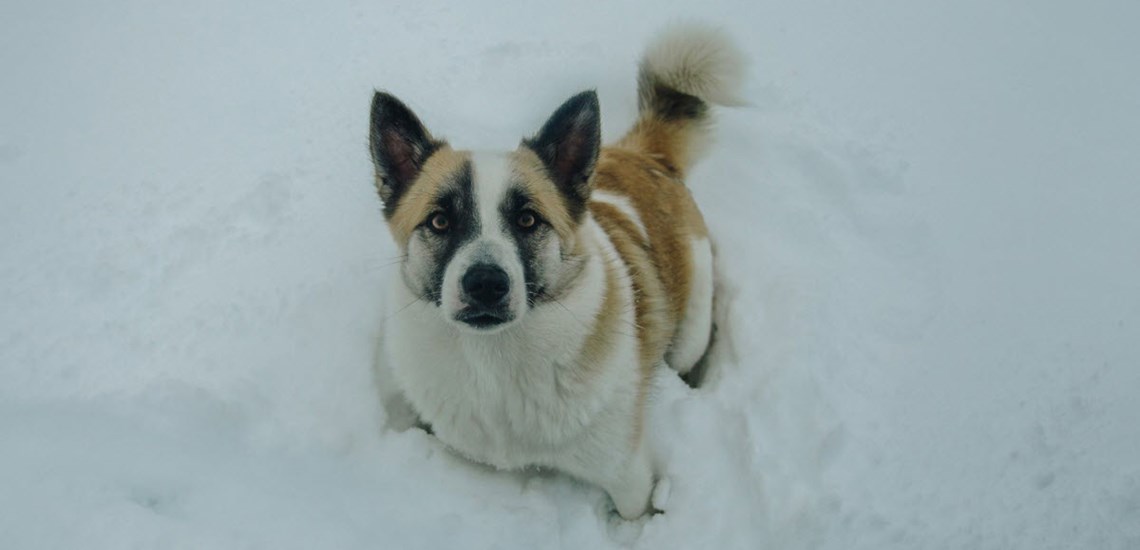
The number of dogs in Iceland has varied a lot over time and hunger periods and harsh weather conditions have made the life very difficult for the dog in Iceland. In the Middle Ages it was popular to export the dog, especially to the UK, both as a pet for the rich people and as a sheepdog for the farmers. In the year 1869, law about keeping dogs was introduced and in 1871 a high dog tax was established in Iceland. The reason was the dog was a host for eggs and bandorms that caused echinococcosis disease in humans and sheep. Subsequently the Icelandic dog breed decreased significantly and by 1950 they were at risk of extinction.
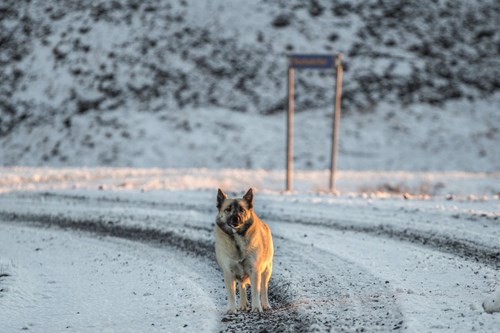
In the year 1967 breeding of the Icelandic dog began again in Iceland and in 1969 the Icelandic Dog Breeder Association (HRFÍ) was established with the aim to preserve the breed. The breed is no longer at risk of extinction today and is a popular family dog in Iceland.
The Icelandic dog has a curled tail and thick, double coat. He is tough and energetic dog, also hardy and agile herding dog. The dog is friendly and cheerful but also curious and playful. The Icelandic dog tends to guard the home and family because of his herding instincts, he lets the owner know if someone is approaching the house with a bark but he is not aggressive. The dog is a fast learner and has been used for all kinds of job in Iceland including, avalanche rescue.
